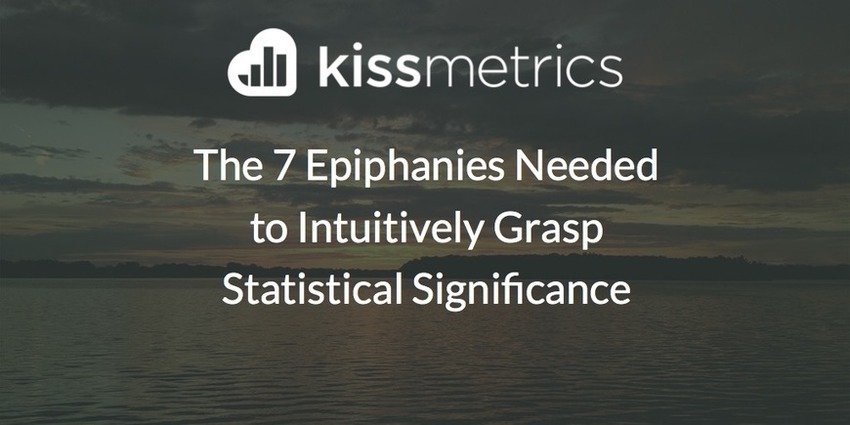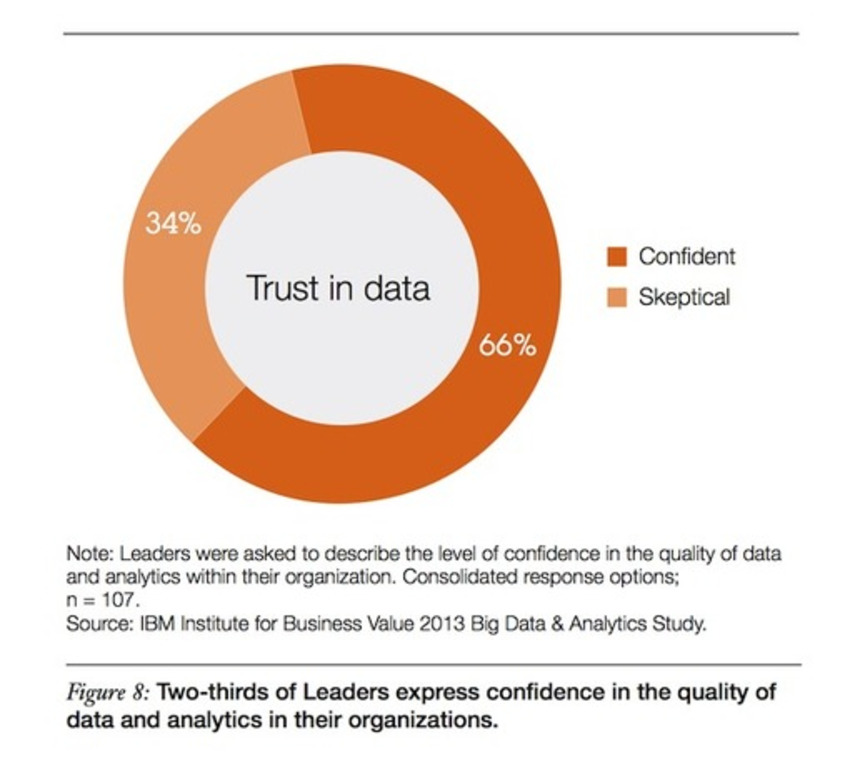Not every company can afford to have full-time people dedicated to analysis. Hence let me make optimal recommendations for three types of companies.
If you are a handful of employees small business, here's your balance between data capture, data reporting, data analysis: 05 | 20 | 25.
You are a small business, I get it, you only have a part of one resource dedicated to data. No problem. Ensure that part-time resource is spending their time with a 05 | 20 | 25 balance. At your size, you'll still win with data.
If you are a numerous employees medium sized business that is growing at a ferocious pace, here's your DC | DR | DA balance: 10 | 25 | 65.
Lastly, if you are a massive employees corporation here's your DC | DR | DA balance: 15 | 35 | 50.
Get Started for FREE
Sign up with Facebook Sign up with X
I don't have a Facebook or a X account

 Your new post is loading... Your new post is loading...
SEGUIN Marine's curator insight,
March 10, 2016 5:41 AM
Cashing in on Data Capital is coming. What will drive it? The right tools.

Marteq's curator insight,
May 19, 2014 6:54 AM
Monetate creates some of the best infographics, and this one does not disappoint. Encouraging you to review carefully.

Marteq's curator insight,
December 15, 2013 12:51 PM
Monetate creates some of the best infographics, and this one does not disappoint. Encouraging you to review carefully.

Marteq's curator insight,
May 19, 2014 7:02 AM
Scott Brinker often writes about hypothesis testing and the scientific method. And this is an adjunct of that thinking: challenge the data through testing, testing, testing. And if you test it multiple ways, you may find that your conclusion is correct.

Marteq's curator insight,
November 12, 2013 9:41 PM
Scott Brinker often writes about hypothesis testing and the scientific method. And this is an adjunct of that thinking: challenge the data through testing, testing, testing. And if you test it multiple ways, you may find that your conclusion is correct. |
|










![The Data Machine [Infographic] - Experian | #TheMarketingTechAlert | The MarTech Digest | Scoop.it](https://img.scoop.it/c8bTbbPpZ9KE4QSjQ2xHq_L6dadsvGA8m9WNoVsbzkY=)
![The Marketer's Guide to Actionable Data [Infographic] - Profs | #TheMarketingAutomationAlert | The MarTech Digest | Scoop.it](https://img.scoop.it/xBP4FZJFfhUrsPJWT1iadvL6dadsvGA8m9WNoVsbzkY=)







Great guidance. For a full understanding, please CT.
MarTech requires constant optimization to continually squeeze ever improving performance. No time for continual CRO? Contact us. #MarTech #DigitalMarketing